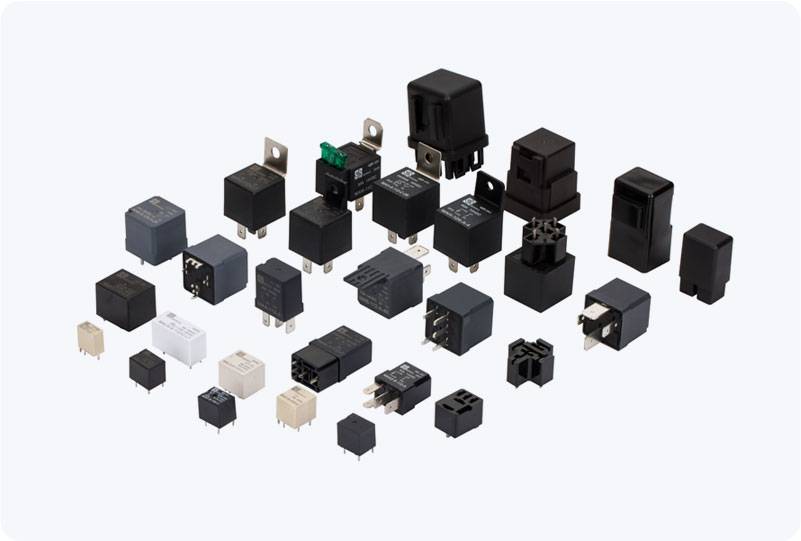understanding the vacuum arc extinguishing relay: a vital component in electrical protection systems
Release time:2025-05-14 06:20:13
In modern electrical engineering, ensuring the protection of electrical circuits and equipment is paramount. One of the most critical components in safeguarding electrical systems is the relay, specifically the Vacuum Arc Extinguishing Relay (VAER). This device plays a vital role in the rapid interruption of electrical currents, helping to prevent potential damage to equipment and reducing the risks of electrical fires or other hazards. This article aims to explore the function, working principle, and applications of Vacuum Arc Extinguishing Relays, shedding light on their importance in electrical protection systems.

What is a Vacuum Arc Extinguishing Relay?
A Vacuum Arc Extinguishing Relay is a type of protective relay designed to interrupt electrical currents by utilizing vacuum technology to extinguish electrical arcs. These relays are typically used in medium to high-voltage electrical systems, where rapid disconnection of circuits is essential to ensure safety. The primary feature of VAERs is their ability to operate in a vacuum environment, which provides superior arc extinguishing capabilities compared to other types of relays.
The Role of Vacuum Arc Extinguishing Relays
The main function of a VAER is to disconnect electrical circuits when abnormal conditions, such as short circuits or overloads, occur. When a fault happens, the relay detects the current surge and operates the circuit breaker to open the circuit. As the contacts open, an electrical arc may form due to the high current. This is where the vacuum technology comes into play: the vacuum within the relay's arc chamber facilitates the rapid extinguishing of the arc, preventing it from sustaining itself and causing potential damage.

